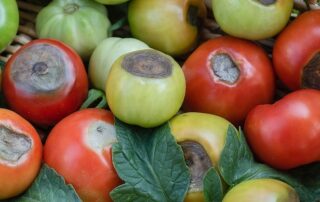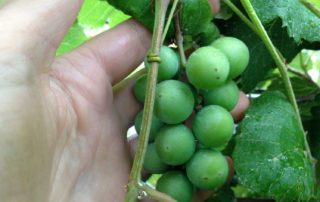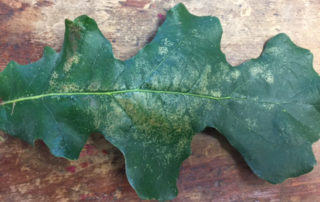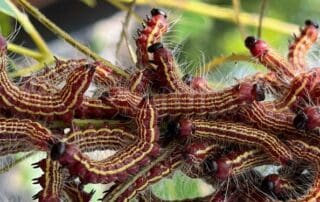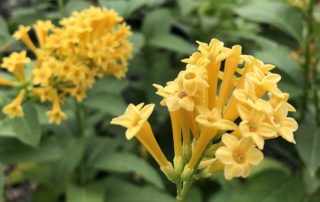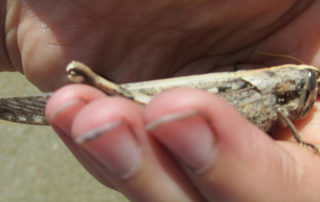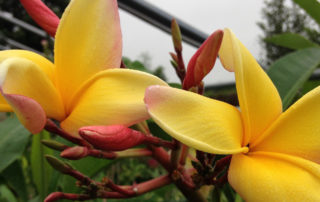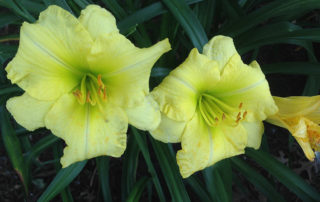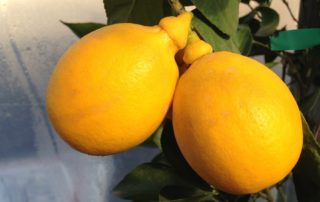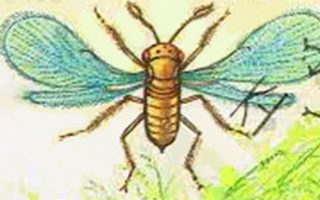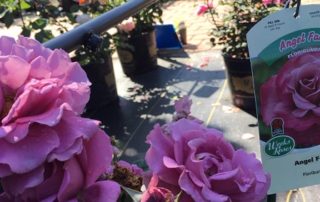Blossom-End Rot
If you have ever had the “blossom end” of a tomato turn black, you have experienced “blossom end rot”. Caused by cultural conditions, and NOT disease, this malady can affect tomatoes, peppers, squash, watermelon and eggplant. Researchers agree that it is caused by a calcium deficiency in the blossom end of the fruit (yes, these are technically fruits, as they are actually formed from the ovary of a flower!) Now, why there is a deficiency is the real question, as Central Texas soils and water supplies are seldom deficient in [...]

